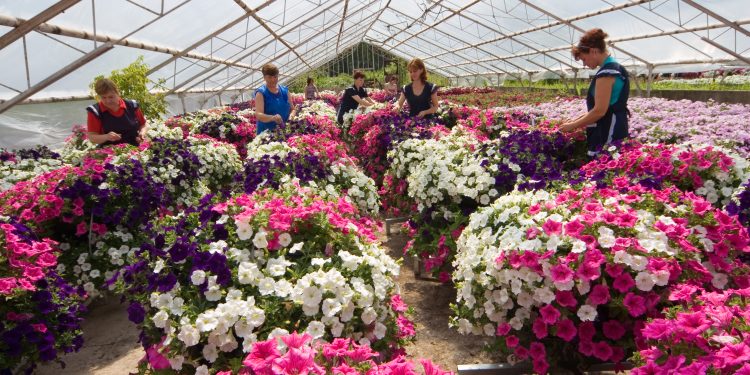#GreenhouseCultivation #AgriculturalTrends #Horticulture #YoungPlantGrowers #MarketAdaptability #SustainableAgriculture #FarmManagement #CropDiversity #EconomicConsiderations #EnvironmentalSustainability
Explore the dynamic landscape of plug and liner production as we delve into the latest survey results from young plant growers. From the rising popularity of 72C plugs to the intriguing shifts in tray sizes, this article offers a comprehensive overview of the evolving trends shaping the future of greenhouse cultivation. Discover how growers are adapting to changing demands and environmental considerations, providing valuable insights for farmers, agronomists, agricultural engineers, farm owners, and agricultural scientists.
In the recent survey conducted by Greenhouse Grower, young plant growers provided valuable insights into the trends shaping the world of plug and liner sizes. This data-driven analysis offers a glimpse into the strategies employed by growers to meet the demands of a dynamic market.
1. The Rise of 72C Plugs: According to the survey, the 72C plug size has seen a significant uptick in popularity, particularly for quick crops like zinnia or Wave petunias. Growers are increasingly favoring this size, especially during the last turn of the spring season, showcasing its versatility and efficiency.
2. Fluctuations in Tray Sizes: Growers revealed a pattern of fluctuation between different tray sizes based on their yearly experiences. Some years witness a preference for lower density items, while the following year might see a shift towards higher density items. This adaptable approach allows growers to respond dynamically to market demands and seasonal variations.
3. Dominance of 288 Plugs: The survey highlighted the dominance of 288 plugs in the market. This size, along with the 512 plug size, held a substantial market share. However, there has been a noticeable decline in demand for 512 plugs. Growers have adapted to these changes, emphasizing the importance of customer feedback in determining standard sizes, such as 72 and 128 cell trays.
4. Impact of Freight Costs: Growers, cognizant of the economic factors, have adjusted their choices based on freight costs. Smaller inputs have become more desirable as they offer cost-effective solutions without compromising the quality of plants, demonstrating the industry’s ability to balance economic considerations with horticultural excellence.
The insights from young plant growers not only reflect the adaptability of the industry but also underscore the critical role of feedback loops and market dynamics in shaping cultivation practices. As the agricultural landscape continues to evolve, these trends provide invaluable guidance for farmers, agronomists, agricultural engineers, farm owners, and agricultural scientists. By staying attuned to market fluctuations and consumer preferences, the industry can ensure sustainable growth and meet the demands of a changing world.












